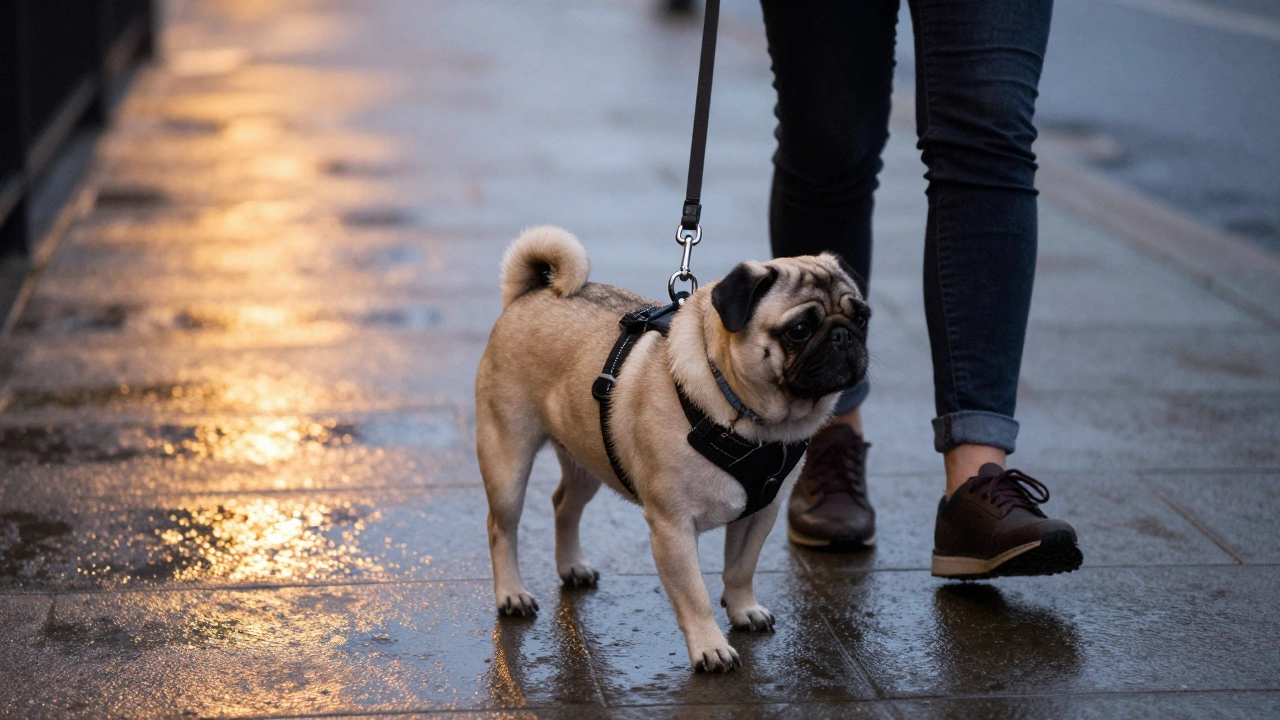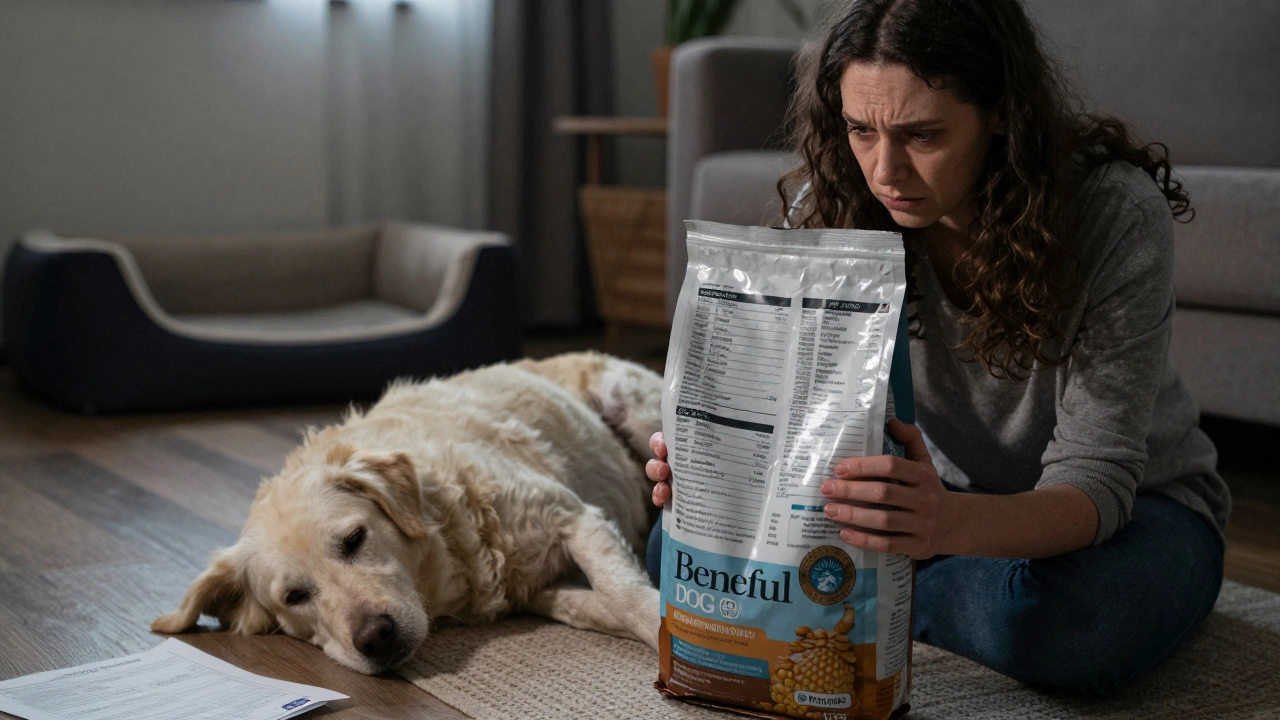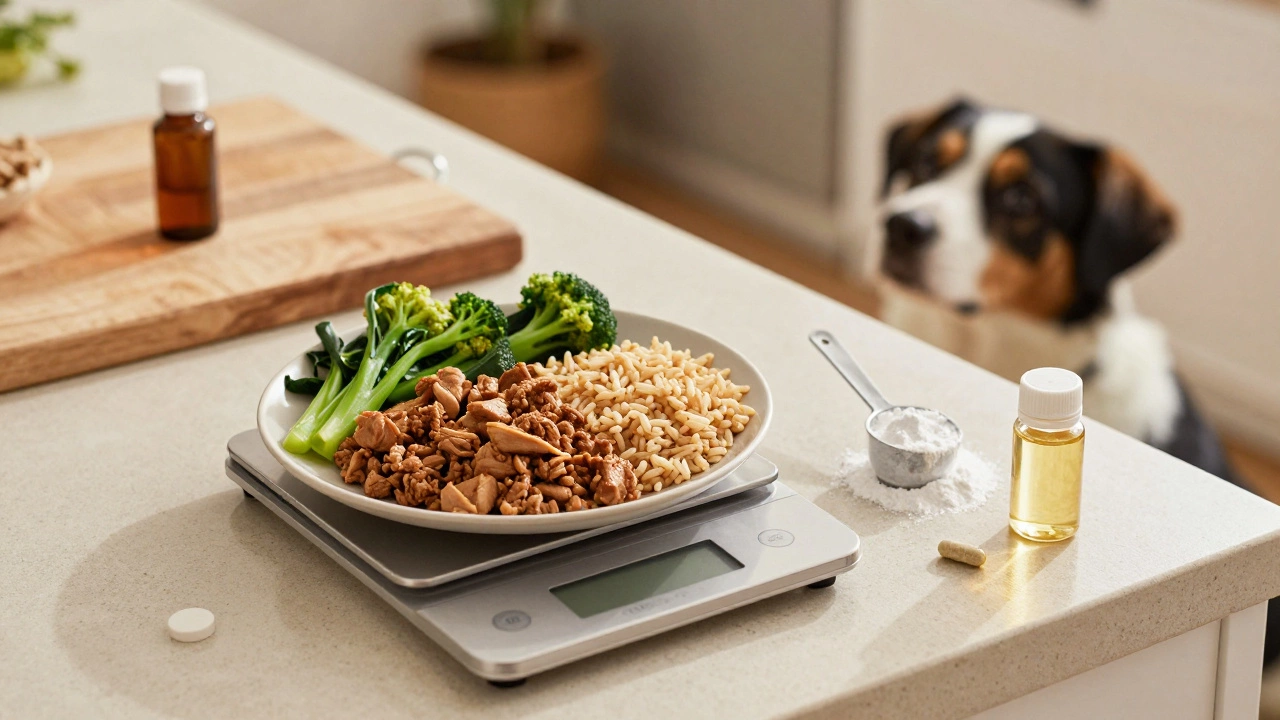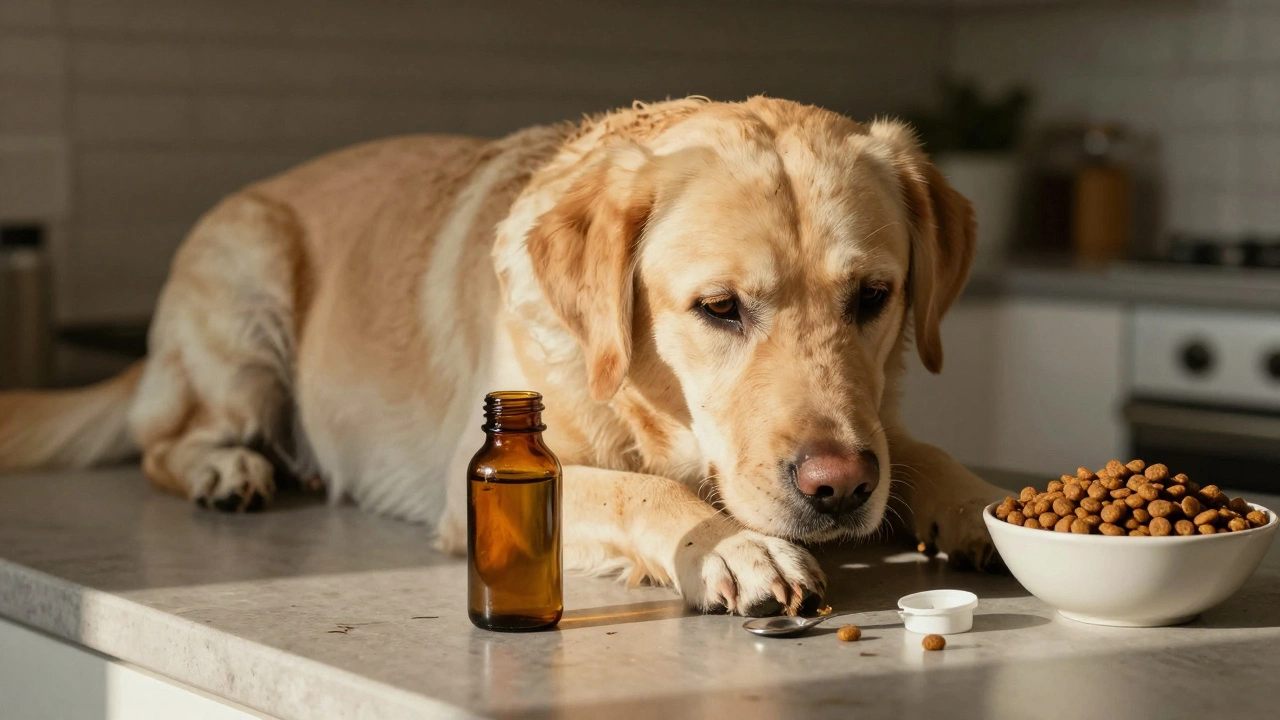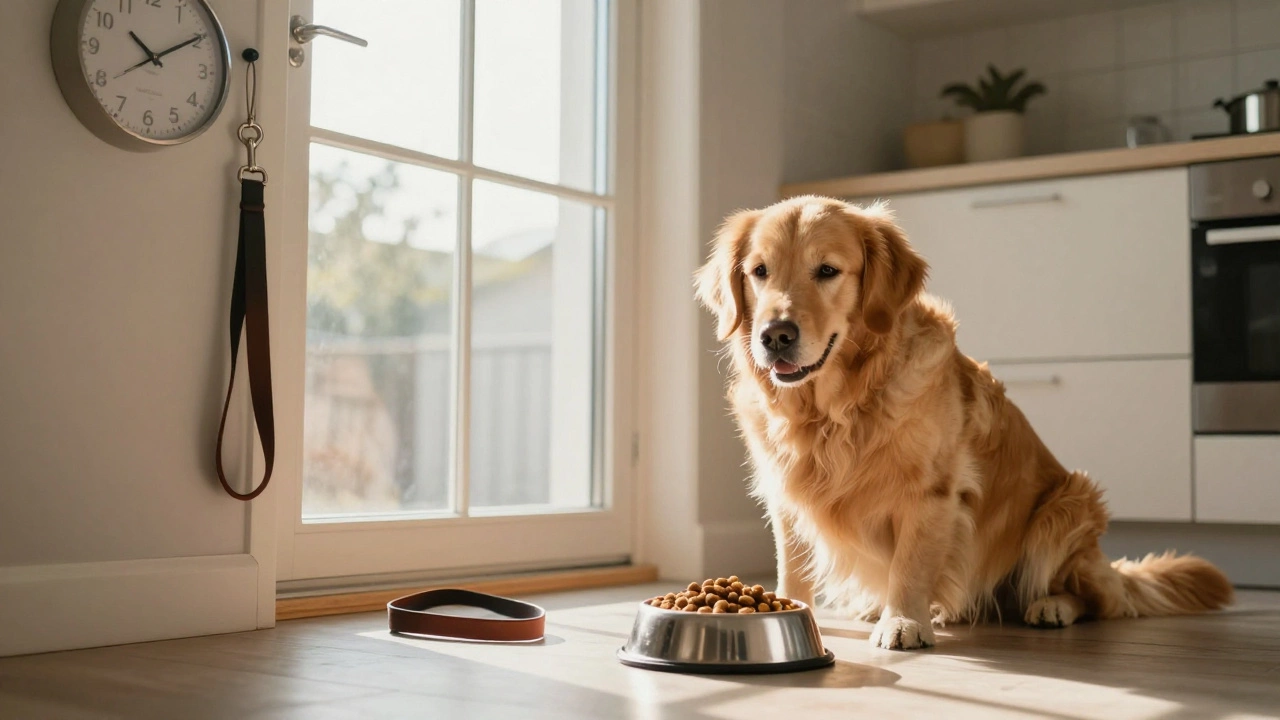Free Feeding Cats: What It Really Means for Your Cat's Health
When you free feeding cats, leaving food out all day so your cat eats whenever they want. Also known as ad libitum feeding, it’s a common habit among cat owners who think it’s the most natural way to feed. But for many cats, this method leads to overeating, weight gain, and even diabetes. Cats aren’t designed to graze like cows. In the wild, they hunt small meals several times a day—not sit by a bowl waiting for the next snack.
That’s why dry cat food, a concentrated, shelf-stable option often used in free feeding is so risky when left out constantly. It’s high in carbs and low in moisture, which doesn’t match a cat’s biological needs. Studies show that cats on free-fed dry food are three times more likely to become overweight than those fed measured meals. And once a cat gains weight, it’s hard to take off—especially when they’re always surrounded by food.
Even worse, cat obesity, a growing problem in household pets doesn’t just make your cat look rounder. It strains their joints, increases risk of arthritis, and can trigger bladder problems and liver disease. Many owners don’t realize their cat is overweight until the vet says so—because cats hide discomfort well.
So what’s the alternative? Measured meals. Feeding your cat two to three times a day with portion-controlled amounts helps regulate their hunger, keeps their metabolism steady, and lets you notice changes in appetite early. Wet food is even better—it’s closer to what cats evolved to eat, with more water and fewer carbs. If you’re worried about leaving your cat alone all day, try an automatic feeder that drops food at set times. It’s not as hands-off as free feeding, but it’s way healthier.
You’ll also notice differences in behavior. Cats fed on a schedule are less likely to beg at the table, less obsessed with food bowls, and often more playful. They sleep better, too. And if your cat has health issues like diabetes or kidney disease, free feeding can make things worse. Your vet doesn’t recommend it for a reason.
Some people say free feeding works for their cat. Maybe it does—for one cat, in one home. But that’s not the norm. Most cats thrive on routine. They like knowing when the next meal is coming. It gives them security. And if you’re ever unsure whether your cat is eating too much, check their ribs. You should be able to feel them without pressing hard. If you can’t, it’s time to rethink how you’re feeding.
The posts below cover everything from how to switch from free feeding to scheduled meals, why wet food beats dry for most cats, and what to do when your cat begs for food at midnight. You’ll find real advice from owners who’ve been there, plus tips from vets who’ve seen the damage free feeding can do. No fluff. Just what works.
Should Cats Have Access to Food All the Time? The Truth About Free Feeding
Leaving food out all day for cats seems convenient, but it can lead to obesity, diabetes, and digestive problems. Learn why scheduled meals are healthier and how to make the switch safely.


